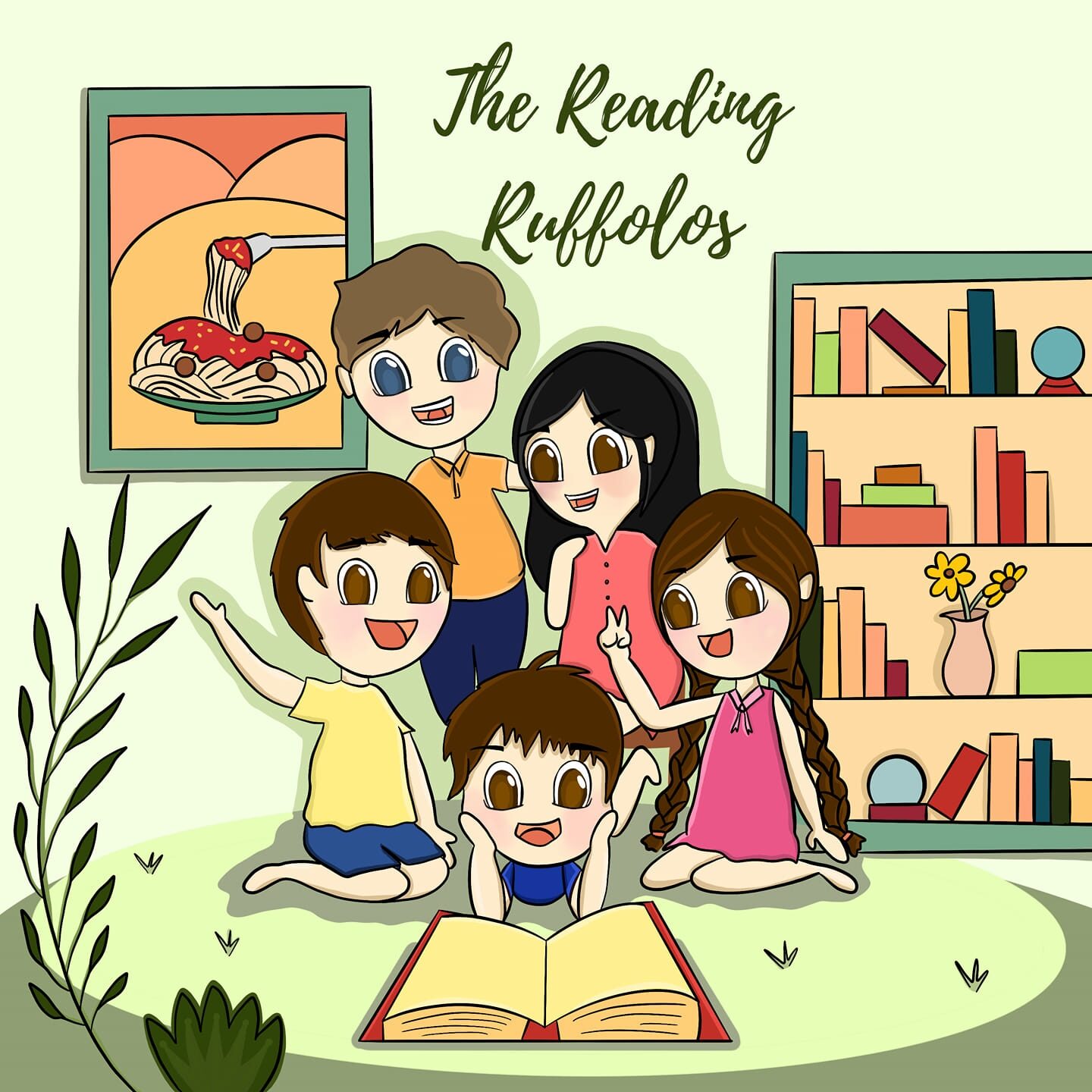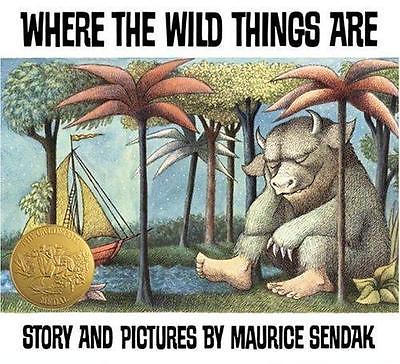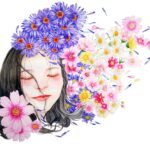Winner of the 1964 Caldecott Medal, Where the Wild Things Are is a staple bedtime and daytime storybook for children of all ages because of its trademark use of simple sentences (ru-on sentences to be exact written in the manner so characteristically Maurice Sendak); and its ability to fulfill every child’s dream to open a door that will bring them to a place of wonder and adventure; and its relatable main character Max, the definition of every rule-defying, mischief-inducing, patience-sucking child, who every mother hopes to tame but can’t.
At the end of the story, Max went back home as he missed his loved ones and that upset the wild things. Sendak’s wild things are his version of monsters. But unlike the monsters of books intended for older audience, Sendak’s wild things are not the type that will terrorize your children’s dreams. They have huge eyes and big teeth but they played with Max and they were happy, fulfilling yet another child’s dream to tame and play with wild creatures.
I first read this book to my twin toddlers when they were eight months old. They are now two years old and have since memorized most of the lines. Story time with this book involves singing, clapping, and dancing. I made sure to have it that way because Where the Wild Things Are is the kind of story that should be experienced; the kind of story that gets children involved; the kind of story that encourages adults to think creatively.
In having and reading this book in your homes, take note of the following:
- Read the story to them every chance you get. Point at the pictures. Emphasize words and if these words are found in the illustrations point to them. Rhyme and rhythm are important for beginning readers. Check out the video of the twins here reciting/reading the book with me.
- Be silly. Make faces especially in the part which says: “The wild things roared their terrible roars, and gnashed their terrible teeth, and rolled their terrible eyes, and showed their terrible claws.” They’ll love it!
- When you reach the part where Max called for the wild rumpus to start, make up a funky song-and-dance sequence, a cheer, or silly dance steps. It breaks the monotony of just reading and gives you an excuse to rest your vocal chords a bit.
- As the kids grow more familiar with the book and the words, start saying every line without saying the last word. Let your voice trail off before the last word of the line so your children have a cue that they’re supposed to ‘fill in the blanks’. For example: The night Max wore his wolf… (suit). This won’t happen instantly. This requires repeat read aloud sessions with your them. Be patient.
- Get two copies of this book or more. One is for repeat usage; the other one is a reserved copy. At some point, my son Nicholas loved this book so much that he won’t go to sleep without it. Imagine a little boy who can’t sleep without his teddy bear. That was my son except that he wants the book instead of the teddy bear. And then one morning, we saw pieces of paper on his bed. He was barely two years old then and tore the book to pieces with his bare hands. We don’t know why he did that. His twin sister was very upset. Thank goodness for spare copy, we prevented the onset of book-induced tantrum from Antoinette. The spare copy survived for two weeks and then Nicholas kidnapped it. You know what happened next.
Written in 1963, Where the Wild Things Are has successfully withstood the test of time and generations and marked its place in every bookshelf of most homes, schools, and libraries.
So classic is this story that it was adapted into a movie in 2009 directed by Spike Jonze. (The movie is an expanded version of the book as it provided back stories including that of Max’s mischief. It also added more characters and gave the Wild Things names.)
I yet have to read his other works including Outside Over There (1981), In the Night Kitchen (1970), Higglety Pigglety Pop! (1967), and The Nutshell Library (1962). Anyone of you who have read any of these?
***
Disclosure of Material Connection: Some of the links in the post above are “affiliate links.” This means if you click on the link and purchase the item, I will receive an affiliate commission. Regardless, I only recommend products or services I use personally and believe will add value to my readers. I am disclosing this in accordance with the Federal Trade Commission’s 16 CFR, Part 255: “Guides Concerning the Use of Endorsements and Testimonials in Advertising.”




